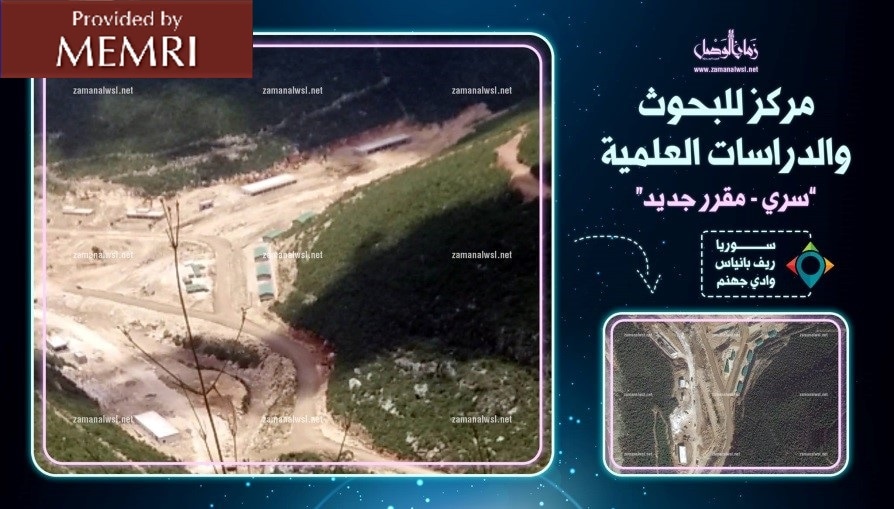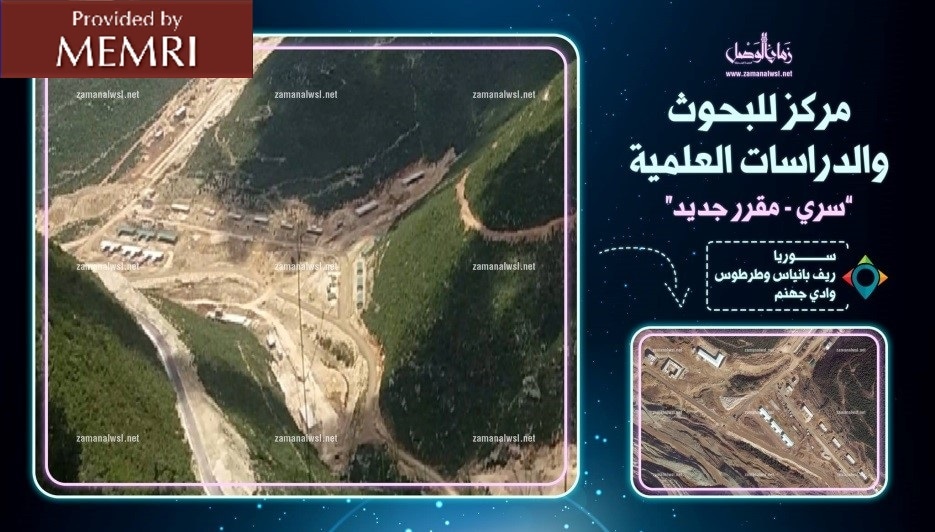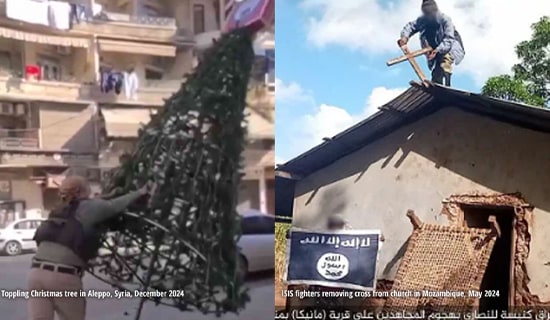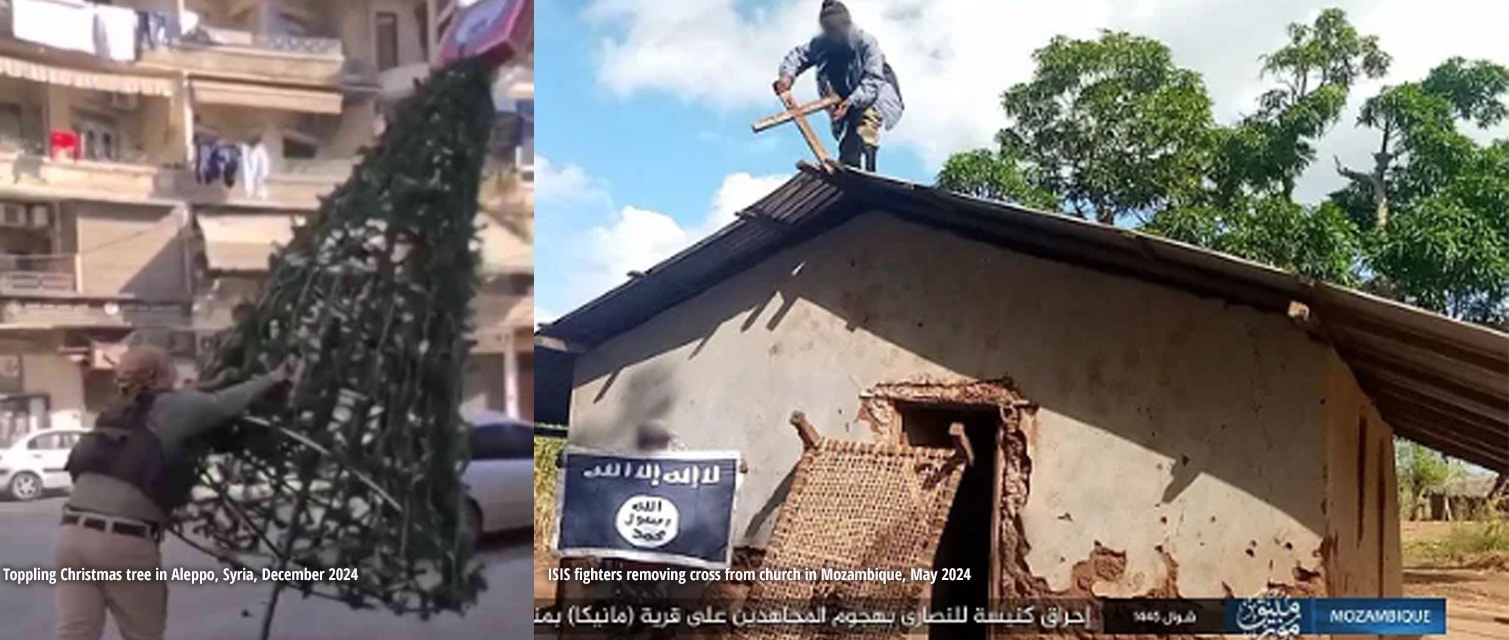Recently, the Syrian opposition website Zamanalwsl.net has published several articles, of uncertain credibility, about a new facility manufacturing long-range missiles in Wadi Jahannam, between Baniyas and Hama, Syria that is subordinate to the Syrian Scientific Studies and Research Center. The Syrian Scientific Studies and Research Center (SSRC) has been identified by the U.S. Treasury Department as "the Syrian government agency responsible for developing and producing non-conventional weapons and the means to deliver them." [1]
In Zamanalwsl.net's first report, on June 28, 2017, it stated that this new facility had been constructed in Wadi Jahannam and that it is under direct Iranian oversight. According to that report, Syrian President Bashar Al-Assad recently visited the facility, meeting with Iranian and Syrian experts there (see MEMRI Special Dispatch No. 6984, Syrian Opposition Website: Assad Visited New Long-Range Missile Facility Near Baniyas, June 29, 2017).
On July 10, 2017, Zamanalwsl.net published another report on the facility, titled "What Are Russia And [North] Korea Doing There?" The article included what it said were exclusive photos of the Wadi Jahannam facility. According to this report, the facility is producing long-range missiles as well as M600 ballistic missiles, which are a Syrian version of the Iranian Fateh 110 missile. It added that this facility has a branch in western Hama province for producing chemicals, and that at there is a Russian military base in the region, where North Korean officers once served.
The following is the translation of the main points of the July 10, 2017 report by Zamanalwsl.net:
Zamanalwsl.net stated that it had "received exclusive photos of the Assad regime's scientific research center in the Wadi Jahannam region that is [administratively] in the rural area of Tartus. The new photos support this website's previous report regarding the center where Bashar [Al-Assad] paid a secret visit that was disguised as a public and documented tour of a visit to several homes [of his supporters] in the rural region of Hama...
"This is a facility for the development and manufacture of long-range missiles and M600 ballistic missiles – the [latter is] the secret name given by the science center [to these missiles, which are manufactured according to] the model of the Iranian Fateh 110 missile.
"The sources [cited in the report] indicated that the center has a branch in Deir Shamil [in western Hama province] where there is a base of the Fourth Division [of the Syrian army under the command of Maher Al-Assad, brother of Bashar]. [At this branch,] chemicals are produced and stored in the hillside adjacent to an underground road. According to the sources, Brig.-Gen. Ghassan Abbas[2] is the director of the branch, under the direct command of Salim Ta'mah, deputy director of the Scientific Studies and Research Center (SSRC). The sources expect that the construction of [the branch of the SSRC] will be finished by year's end."

Photo from the report: "Scientific Studies and Research Center – secret new report. Syria, rural region of Baniyas, Wadi Jahannam."

The facility from another angle
The report also noted that in September 2015, Zamanalwsl.net had reported on a Russian military base near the village of Ka'ib[3] in the Baniyas rural region, and that the report had included statements by "a former soldier at the High Center for Scientific Research [i.e. the SSRC]" referred to as "Ayman Al-Thakil" who had served at that base in 1999. The soldier had said that "Russian and North Korean officers and soldiers" had served there and that during his time there "large trucks with equipment covered with wooden beams" had arrived at the base. The Syrian soldiers' job, he said, was to dismantle the wood, and then the Russians and the North Koreans would, under heavy [Syrian] Air Force Intelligence [SAFI] guard, transfer the equipment to other trucks and cover it with fabric. He added that Syrian military service at that base was surrounded by secrecy; Syrian soldiers who served there were prohibited from leaving the country for a period of five years after ending their service there, and were prohibited from even mentioning where they had served for 15 years.[4]
[1] Treasury.gov/press-center/press-releases/Pages/jl0701.aspx.
[2] Syrian Brig.-Gen Ghassan Abbas is director of a branch of the Scientific Studies and Research Center that is affiliated with chemical weapons logistics and was designated and sanctioned by the U.S. Treasury Department on January 12, 2017 pursuant to E.O.13382, which targets proliferators of weapons of mass destruction and their supporters. Treasury.gov/press-center/press-releases/Pages/jl0701.aspx
[3] The village Ka'ib does not appear in maps of area, what does appear is the village of Ka'ibiye-Farash.
[4] Zamanalwsl.net, September 18, 2015.





